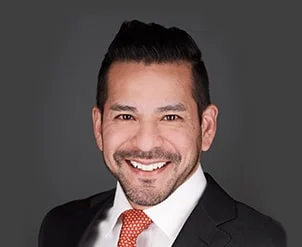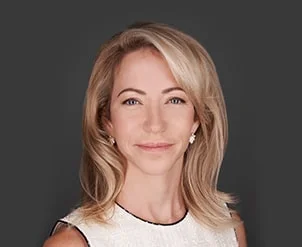Trump Adds ‘King Of Bankruptcy’ To His Cabinet

President-elect Donald Trump tapped multi-millionaire investor Wilbur Ross to be his Commerce Secretary.
Some people in and around industrial Northwest Indiana call Mr. Ross the “king of bankruptcy,” because in the past, he has purchased companies in distressed industries at a discount, often while they are in bankruptcy, and either liquidated their assets or helped make them profitable again. In the early 2000s, when over two dozen steel manufacturers went bankrupt because of overcapacity and a financial crisis in Asia, Mr. Ross purchased four domestic companies to form the International Steel Group. Over the next few years, some workers kept their jobs, albeit with lower wages and benefits, while many steelworkers in Pennsylvania and Ohio lost their jobs. Mr. Ross later sold ISG at a $300 million profit.
National Association of Manufacturers President and CEO Jay Timmons supported President-elect Trump’s move, calling Mr. Ross “one of the savviest investors in the world” and someone who has “a firsthand understanding of the challenges manufacturers face to remain globally competitive in today’s economy.”
Bankruptcy: The Great Do-Over
Scott Paul, president of the Alliance for American Manufacturing, said that corporate bankruptcy was like life-saving surgery, because sometimes a skilled surgeon must sacrifice a limb in order to save the patient. Moreover, by most accounts, Mr. Ross honestly listened to union workers before he formulated an exit strategy.
Procedurally and substantively, personal bankruptcies have almost nothing in common with corporate bankruptcies, but philosophically, they are very much alike. Supreme Court Justice James Clark McReynolds was one of the first jurists to refer to bankruptcy as a “fresh start” for the “honest yet unfortunate debtor.” In Chapter 7s, debtors get their fresh starts in as little as a few months, because all their unsecured debts are discharged with the stroke of the judge’s pen. In Chapter 13s, debtors have up to five years to bring outstanding account balances to zero, and moneylenders typically have no other legal choice except to accept the debtors’ repayment terms.
Just like companies, families need a good bankruptcy exit strategy, if they want to avoid future financial issues. Part of a good post-bankruptcy strategy includes:
- – Credit Card: Few things cause credit scores to rise faster than on-time payments on a revolving debt account. After six or eight months, most borrowers can ask for higher credit limits, and these larger limits make them look even more creditworthy.
- – Honesty: As a rule of thumb, no one likes unpleasant surprises, and moneylenders do not like to learn about prior bankruptcies when they check credit reports. So, be upfront with future mortgage lenders and other moneylenders about prior credit issues. Typically, most lenders only care about the last six or eight months anyway.
- – On-Time Secured Debt Payments: This is a must, because student loan payments, mortgage payments, vehicle payments, and other such accounts show up near the top on almost all credit reports.
It is illegal for any moneylender to discriminate based on a prior bankruptcy filing, but it is perfectly legal to make such decisions based on credit history and other relevant factors.
Contact Experienced Lawyers
In short, bankruptcy means a fresh start. For a free consultation with an experienced bankruptcy lawyer in Chicago, contact the Bentz Holguin Law Firm, LLC. After hours appointments are available.
Resources:
nrn.com/finance/logan-s-roadhouse-memo-reveals-bankruptcy-exit-strategy
nwitimes.com/business/steel/trump-nominee-wilbur-ross-a-divisive-figure-in-steel-industry/article_6ff2b253-45be-576c-99c9-91837c710a06.html


